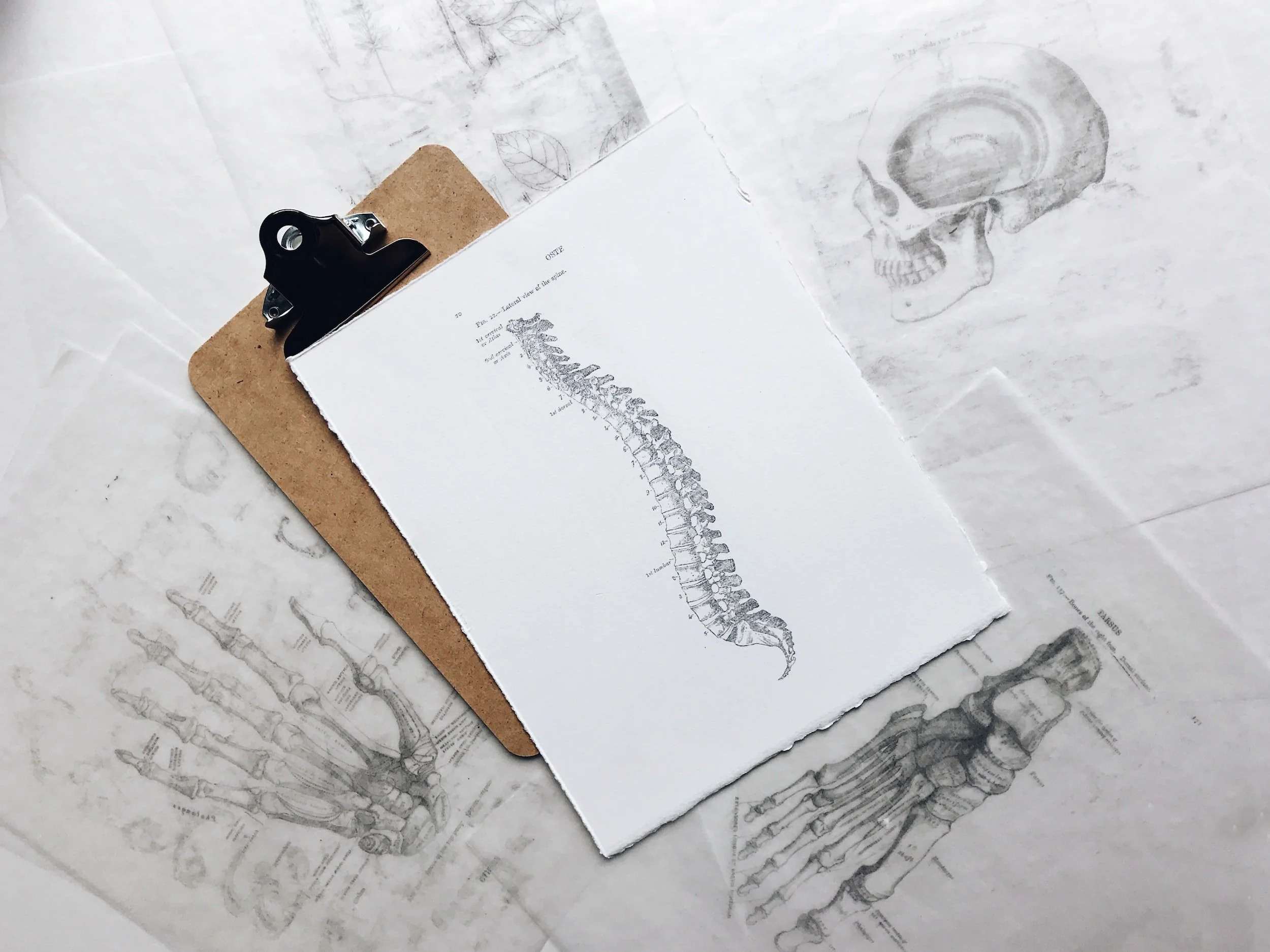Heel pain- Achilles tendonitis
The Achilles tendon is the largest tendon among thousands of tendons in the body. It connects the calf muscles to the heel bone and is used when we walk, run, climb stairs, jump, and stand on our tip toes. Though it can withstand great stresses from running and jumping, it is prone to tendinitis, a condition associated with overuse. It may affect 9% of recreational runners and cause up to 5% of professional athletes to end their careers.
Based on the locations of the affected areas, there are two types of Achilles tendinitis. If it is in the middle portion of the tendon (above where it attaches to the heel bone), it is called non-insertional Achilles tendinitis. It happens commonly to younger, active people, especially runners. As the tendons are made of fibers, over time, the fibers may begin to break down and develop tiny tears, which can lead to tendon swelling and thickening.
If it is in the lower portion of the tendon, where it attaches (inserts) to the heel bone, it is called insertional Achilles tendinitis. It can occur at any time or activity level, although it is still most common in runners. It is frequently caused by calf muscle tightness, which places increased stress on the Achilles tendon insertion.
In both types of Achilles tendinitis, damaged tendon fibers may calcify (harden) in the long run. Bone spurs often form on the heel with insertional Achilles tendinitis.
Besides repetitive stress to the tendon or its overuse, other factors can make a person more likely to develop Achilles tendinitis. They include a sudden increase in the amount or intensity of exercise activity, tight calf muscles and Haglund's deformity (a condition in which there is enlargement of the bone on the back of the heel. It can rub on the Achilles tendon and cause inflammation and pain.)
Common symptoms of Achilles tendinitis are:1) pain and stiffness along the Achilles tendon in the morning; 2) pain along the tendon or back of the heel that worsens with activity; 3) severe pain the day after exercising; 4) thickening of the tendon; 5) bone spur formation (insertional tendinitis); 6) swelling that is present all the time and gets worse throughout the day or with activity; and 7) pain on the back of the heal when shoes are on.
According to Chinese Medicine, Bladder and Kidney Meridians go to the heel, along an Achilles tendon. The former covers the back of the leg and the lateral side of the heel, the latter covering their inner side. Moreover, all the tendons and the bones of the body are controlled by the organs Liver and Kidney respectively via Meridians. Those organs have close relationship, working together along with Qi and Blood circulation to keep the tendons and bones in good shape structurally and functionally.
The Achilles tendinitis occurs when the Qi and Blood in those Meridians are stagnated, and the organ Liver is unable to function well. The organ Kidney can be involved, especially when the bone spur is formed. Adding to this, it is impossible for the damage in the tendon to be healed when healing Qi and Blood cannot reach the affected area and, instead, it can get deteriorated in the course of the time.
I am going to take Lucy, my patient as an example. She was 59 years old, suffering from the right heel pain for four months. The pain was in the middle portion of the Achilles tendon. It hurt in the morning and went away after one to one and half hours stretching. The pain level was six on the scale of one to ten (Ten is the worst). Additionally, the affected area was swelling and red. She looked fit. Except this problem, she did not have other health problems. She used to be an active person and like outdoor activities such as hiking and walking. She now had to rest much more, fearing her pain could be aggravated after using her feet and having to use them very carefully. Due to the lack of enough activities, she did not sleep well. She felt a little depressed because of the pain, being unable to enjoy the nature and exercise, and bad sleeping.
Based on her symptoms, non-insertional Achilles tendinitis was diagnosed. The goal of the treatments was to unblock the Meridians so Qi and Blood could circulate freely again to cure the damage. Acupuncture was administered two times a week. The heat was utilized each session on the right heel. She started to feel better even after the first session. After the 7th session, she felt 70% better than the beginning. Much less pain and swelling. After 8th session, she did not have the pain and swelling. However, she reported the cramps in her right ankle during the night. Two days before the 9th session, she did a lot of activities, but felt only a little soreness in her right heel. After the 17th session, she only felt stiff there when she got up in the morning and it went away once she started to move. Occasionally she felt a little sore in the right heel at the end of the day. She was fully recovered after the total of 25 sessions and started to enjoy her usual daily routine once more. She has been fine since then.
Is Achilles tendinitis preventable? This is from Mayo Clinic: while it may not be possible to prevent Achilles tendinitis, you can take measures to reduce your risk: Increase your activity level gradually. Take it easy. Avoid activities that place excessive stress on your tendons, such as hill running. Choose your shoes carefully. Stretch daily. This is especially important to avoid a recurrence of Achilles tendinitis. Strengthen your calf muscles. Cross-train. Alternate high-impact activities, such as running and jumping, with low-impact activities, such as cycling and swimming.

